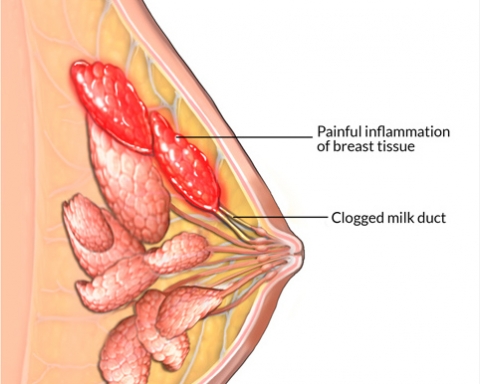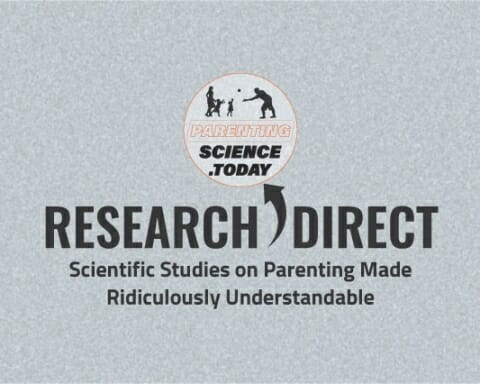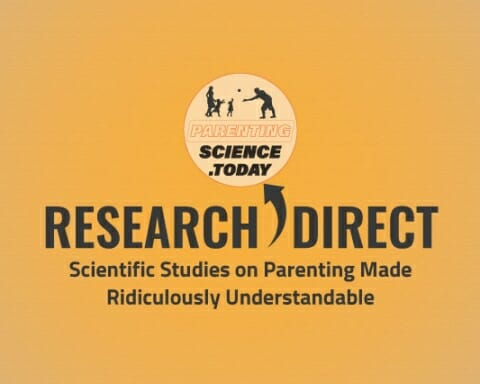Breastfeeding is the most beautiful act between a mother and her child. But have you ever wondered what nutrients a child receives through breast milk? This is not a silly or unusual question, especially for mothers who, as recommended, exclusively breastfeed their children during the first months of life.
Breastfeeding has multiple advantages, including a reduced risk of infections, type 2 diabetes, and obesity; better performance on intelligence tests; and cardiovascular protection.
Several studies have analyzed human milk composition and breast milk intake, but very few have examined the relationship between the two factors and almost none have collected data beyond the first weeks of life. Information on the nutrient supply of breastfed infants is of interest because it provides guidance for the adequate nutrition of infants.
A group of Italian scientists carried out an ambitious study titled “Breast Milk Composition and Infant Nutrient Intakes during the First 12 Months of Life,” in which they quantified the amount of milk babies ingested and calculated the nutrient content that the children actually consumed. The study was published in the European Journal of Clinical Nutrition.
How Did They Conduct the Study?
The researchers observed the growth of 174 Italian breastfed children from birth to twelve months of age. All children selected to participate in the trial were healthy at birth, born after uncomplicated full-term pregnancies, and recruited in the first eight weeks of life. Their mothers were encouraged not to introduce any complementary food before four months of age.
In addition, breast milk samples were collected from thirty mothers when their babies were one, two, three, and six months of age. The breast milk samples were analyzed to determine the amount of protein, the presence of digestible carbohydrates, total lipids, and fatty acid composition.
Some general characteristics, such as the child’s gender, birth weight, gestational age, the mother’s marital status, the mother’s educational level, the mother’s BMI, the frequency of smoking during pregnancy, whether or not the delivery occurred via cesarean section, and the parent’s nationality, were considered during the study. This information was then collated with the findings. Data concerning the pregnancy course, socioeconomic background, and medical history were recorded at baseline.
What Did They Find?
Out of the 174 children-mother pairs who entered the study, 142 completed it successfully.
The greatest differences in the breast milk components when comparing the first month to the sixth month were the amounts of protein, galactose, and nonprotein nitrogen. The rest of the parameters did not change significantly. As expected, caloric energy increased in the sixth month when, in most cases, complementary feeding began.
The only maternal factors that had any impact on breast milk composition were age and body mass index (BMI). Older and more obese mothers produced lower quality breast milk than that produced by younger mothers and mothers with normal BMI.
What Do the Findings Mean?
The investigation’s results are not surprising at all. They show, once again, that breast milk is the best food for babies during the first six months of life. When the nutrient and caloric contributions of breast milk begin to decrease, it is time to start complementary feeding, which occurs between four to six months of age.
It is necessary to expand the research to include a greater number of breast milk samples, particularly samples from older and obese women, to determine the causes and consequences of feeding children with lower quality breast milk in order to come up with possible solutions for them.
Reference
Grote, Veit, Elvira Verduci, Silvia Scaglioni, Fiammetta Vecchi, G. Contarini, Marcello Giovannini, Berthold Koletzko, and Carlo Agostoni. “Breast Milk Composition and Infant Nutrient Intakes during the First 12 Months of Life.” European Journal of Clinical Nutrition 70, no. 2 (2016): 250–256. Retrieved from https://www.nature.com













